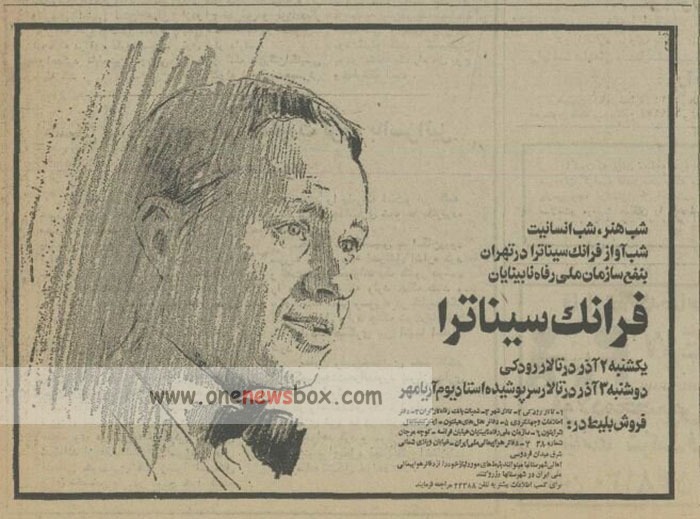By the 1970s, Iranian youth culture had embraced Western rock, pop, and jazz alongside traditional Persian music. Bands, underground recordings, and foreign radio broadcasts circulated widely, especially in Tehran. Sinatra represented a bridge between generations: older listeners admired his classic style, while younger audiences saw him as part of the broader Western musical universe that included rock and soul.
The Aryamehr Stadium concert particularly affected students and young adults. Many recalled the feeling of being part of a massive, shared emotional experience unlike anything they had known before. Some would later describe that night as one of the most vivid memories of their youth—an oasis of joy before the political storms that would soon reshape the entire nation.
The Shadow of 1979
Only three years after Sinatra’s concerts, the Iranian monarchy collapsed in the 1979 Revolution. The Shah went into exile, the entire political order was transformed, and Western cultural symbols associated with the old regime were suddenly recast as symbols of corruption and imperial dependency.
In the new political climate, events like Sinatra’s 1975 concerts took on radically different meanings. What had once represented modern glamour now symbolized the excesses of a fallen elite. Concert halls were repurposed, Western music was restricted, and international pop culture vanished almost entirely from public life for many years.

